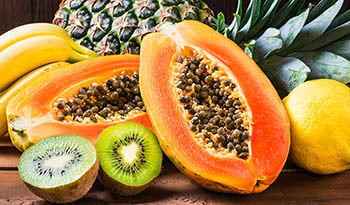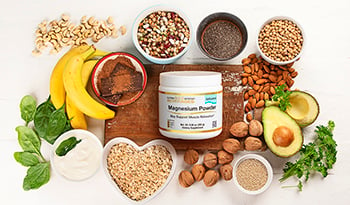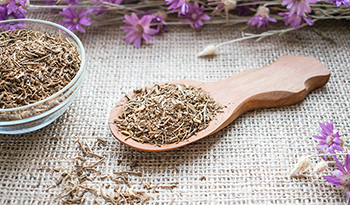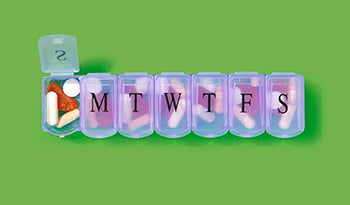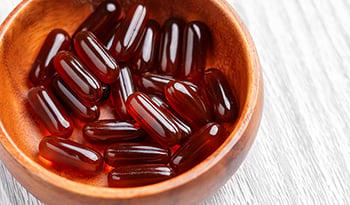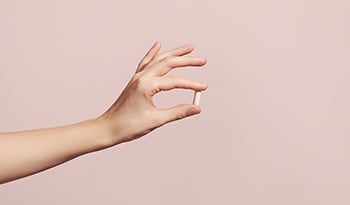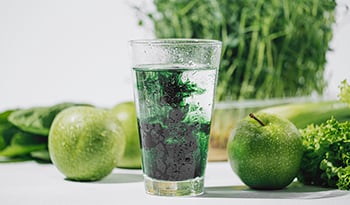Does NAD+ Really Work For Anti-Aging?
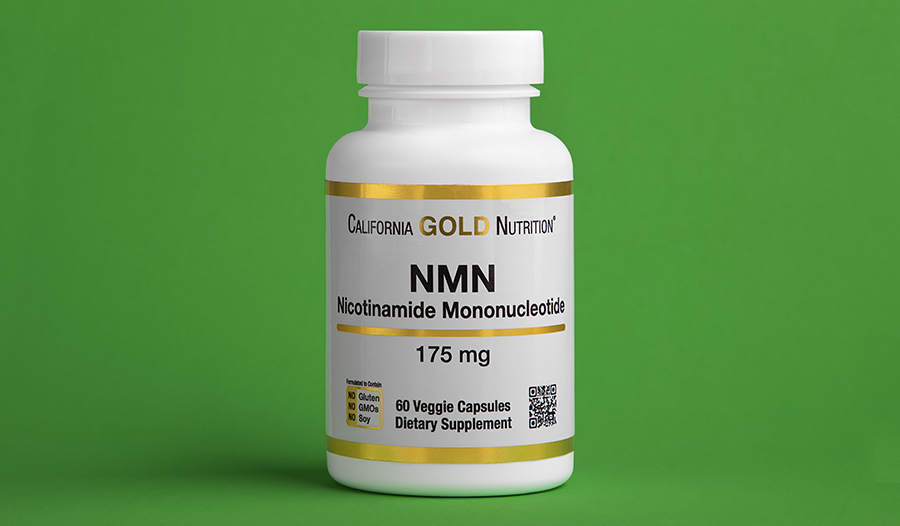
Key Takeaways
- NAD+ (Nicotinamide adenine dinucleotide) is a vital coenzyme found in every cell, essential for energy production, DNA repair, and hundreds of other metabolic processes.
- NAD+ levels naturally drop by about 50% by middle age, largely due to age-related inflammation, which contributes to the signs of aging.
- Boosting NAD+ is linked to benefits like improved energy metabolism, support for healthy aging, enhanced DNA repair, and better cellular function.
- You can increase NAD+ levels with lifestyle changes, specific foods, and by supplementing with NAD+ precursors like NMN and NR.
What Is NAD+?
Nicotinamide adenine dinucleotide (NAD+) is found in all living cells. It is the most active form of vitamin B3. Although common forms of B3, like niacin and niacinamide, have been around as dietary supplements for decades, newer and more specialized NAD+ boosting supplements are gaining a lot of scientific evidence that they work better in fighting against some of the key aspects of cellular aging.
These NAD+ boosters include nicotinamide mononucleotide (NMN) and its reduced form (NMNH), and nicotinamide riboside (NR).
NAD+ is involved in many cellular processes, including energy production, cellular repair, and optimizing overall cellular function. Since NAD+ levels drop with aging, even with adequate niacin or niacinamide intake, restoring depleted NAD+ levels is emerging as part of an anti-aging as well as a cellular health-promoting strategy.
Consequences Of Low Levels Of NAD+
NAD+ is a very important cellular molecule. One of the reasons cells start to lose proper functioning with aging is that NAD+ levels tend to decline as we get older. As a result, low levels of NAD+ may lead to:
- A decline in metabolism, leading to weight gain and poor blood sugar control
- Fatigue
- Reduced blood vessel health
- Age-related muscle loss (sarcopenia)
- Aging-related memory loss and mental decline
- Aging-related loss of sight and hearing
What Does NAD+ Do In The Body?
Think of NAD+ as a tiny shuttle bus inside every cell of your body. Its main job is to act as a “universal electron carrier,” picking up electrons from the food you eat and dropping them off where they are needed to create energy. It exists in two forms: NAD+ is the "empty" shuttle ready to work, and NADH is the "full" shuttle carrying the electrons. This constant exchange between the two forms is critical for powering hundreds of vital functions that keep your cells healthy and energized.
Top 7 Benefits Of Boosting NAD+
1. Promotes Healthy Aging and Longevity
NAD+ plays a critical role in combating the cellular aging process. It activates specialized proteins called sirtuins, which regulate cellular aging and help the body resist stress. Additionally, NAD+ is a key compound that fights against the shortening of telomeres—the protective caps on our DNA that get smaller as cells replicate. By maintaining telomere length, NAD+ helps slow down the genetic clock within each cell.
2. Boosts Cellular Energy Production
Both NAD+ and its counterpart, NADH, are essential for cells to produce energy. They are required for converting molecules from the food we eat into cellular energy within the mitochondria, the "powerhouses" of our cells. A specific enzyme known as NQO1, referred to as the "longevity gene," works with NADH to produce NAD+ while also regenerating the active form of coenzyme Q10, another vital compound for cellular energy.
3. Supports DNA Repair
Cells need both NAD+ and NADH to build and repair essential molecules, including DNA. NAD+ supports the mechanisms that maintain the stability of our genome and is crucial for the function of sirtuins, which are directly involved in repairing damaged DNA and promoting cellular health.
4. Improves Metabolism
NAD+ is vital for proper metabolic function. Sirtuins activated by NAD+ help promote healthy cellular metabolism, which leads to improved blood sugar control and better regulation of body weight. Low levels of NAD+ that occur with aging can lead to a decline in metabolism, contributing to weight gain and poor blood sugar control.
5. Enhances Brain Health
Aging-related memory loss and mental decline are among the consequences of lower NAD+ levels. Clinical trials with NAD+ boosters like NR have shown that while cognitive test scores may not improve in the short term, supplementation can lead to positive changes in cerebral blood flow in brain regions associated with memory and cognition.
6. Promotes Vascular Health
Age-related decline in NAD+ is linked to reduced blood vessel health. One of the most promising areas of research for the NAD+ booster NR is vascular health. In a clinical trial with older adults, daily supplementation with 1,000 mg of NR improved arterial stiffness and led to modest reductions in systolic blood pressure, suggesting it may help restore vascular flexibility.
7. Fights "Inflammaging"
A primary reason NAD+ levels decline with age is chronic, low-grade inflammation, a process known as "inflammaging". This inflammation increases a cellular enzyme called CD38, which actively degrades NAD+. By boosting NAD+ and utilizing plant polyphenols that can reduce CD38 activity, you can help combat the detrimental effects of inflammaging.
NMN vs. NMNH vs. NR: Which Should You Use?
The real choice comes down to NMN vs. NR, as there is currently no clear reason to use NMNH due to its higher cost and lack of published human data.
While both NMN and NR effectively raise NAD+ levels, several lines of evidence suggest NMN may be superior in producing clinical benefits.
Here are the key differentiating points:
- Expert Preference: Many experts, including leading researchers like Dr. David Sinclair of Harvard, believe NMN is the most effective NAD+ booster.
- More Direct Pathway: NMN is one step closer to NAD+ in the body's biosynthetic pathway, and a specific transporter has been identified that carries it directly into cells, potentially enhancing its use.
- Potential Downsides of NR: A significant portion of oral NR appears to break down into niacinamide, a compound that can impair NAD+ synthesis and may reduce some of NR's anti-aging benefits.
- Stronger Animal Study Results: In long-term mouse studies, NMN supplementation was shown to improve numerous health markers and increase endurance and physical capacity by up to 80%—effects that were not seen with NR.
Dosage And Side Effects
Generally, the dosage for nicotinamide mononucleotide (NMN) is 250 to 1,000 mg per day, while nicotinamide riboside (NR) is given at a dosage of 1,000 to 2,000 mg per day.
Taking NMN or NR twice daily is recommended. Best taken first thing in the morning on an empty stomach and in the evening about an hour before bedtime. These daily dosage levels have been shown to be well-tolerated and without side effects or drug interactions.
Conclusion
Boosting your NAD+ levels is a foundational strategy for healthy aging, as it addresses nearly every known hallmark of the process. From supporting DNA repair and mitochondrial energy to controlling inflammation and clearing out old, damaged cells, NAD+ is critical for maintaining cellular resilience.
To maximize these benefits, consider a synergistic approach. Combining a potent NAD+ booster with a polyphenol like resveratrol or pterostilbene is a highly recommended strategy to enhance these powerful anti-aging mechanisms.
References:
- Covarrubias AJ, Perrone R, Grozio A, Verdin E. NAD+ metabolism and its roles in cellular processes during ageing. Nat Rev Mol Cell Biol. 2021 Feb;22(2):119-141.
- Yaku K, Nakagawa T. NAD+ Precursors in Human Health and Disease: Current Status and Future Prospects. Antioxid Redox Signal. 2023 Dec;39(16-18):1133-1149.
- Wang M, Cao Y, Li Y, et al. Research advances in the function and anti-aging effects of nicotinamide mononucleotide. J Zhejiang Univ Sci B. 2024 Sep 15;25(9):723-735.
- Biţă A, Scorei IR, Ciocîlteu MV, et al. Nicotinamide Riboside, a Promising Vitamin B3 Derivative for Healthy Aging and Longevity: Current Research and Perspectives. Molecules. 2023 Aug 15;28(16):6078.
- Bonkowski MS, Sinclair DA. Slowing ageing by design: the rise of NAD+ and sirtuin-activating compounds. Nat Rev Mol Cell Biol. 2016 Nov;17(11):679-690.
- Chini CCS, Peclat TR, Warner GM, et al. CD38 ecto-enzyme in immune cells is induced during aging and regulates NAD+ and NMN levels. Nat Metab. 2020 Nov;2(11):1284-1304.
- Camacho-Pereira J, Tarragó MG, Chini CCS, et al. CD38 Dictates Age-Related NAD Decline and Mitochondrial Dysfunction through an SIRT3-Dependent Mechanism. Cell Metab. 2016;23(6):1127-1139.
- Ruan Q, Ruan J, Zhang W, Qian F, Yu Z. Targeting NAD+ degradation: The therapeutic potential of flavonoids for Alzheimer's disease and cognitive frailty. Pharmacol Res. 2018 Feb;128:345-358.
- Kellenberger E, Kuhn I, Schuber F, Muller-Steffner H. Flavonoids as inhibitors of human CD38. Bioorg Med Chem Lett. 2011 Jul 1;21(13):3939-42.
- Farkhondeh T, Folgado SL, Pourbagher-Shahri AM, Ashrafizadeh M, Samarghandian S. The therapeutic effect of resveratrol: Focusing on the Nrf2 signaling pathway. Biomed Pharmacother. 2020 Jul;127:110234.
- Truong VL, Jun M, Jeong WS. Role of resveratrol in regulation of cellular defense systems against oxidative stress. Biofactors. 2018 Jan;44(1):36-49.
- Koushki M, Dashatan NA, Meshkani R. Effect of Resveratrol Supplementation on Inflammatory Markers: A Systematic Review and Meta-analysis of Randomized Controlled Trials. Clin Ther. 2018 Jul;40(7):1180-1192.e5.
- Marx W, Kelly JT, Marshall S, et al. Effect of resveratrol supplementation on cognitive performance and mood in adults: a systematic literature review and meta-analysis of randomized controlled trials. Nutr Rev. 2018 Jun 1;76(6):432-443.
- Morifuji M, Higashi S, Ebihara S, Nagata M. Ingestion of β-nicotinamide mononucleotide increased blood NAD levels, maintained walking speed, and improved sleep quality in older adults in a double-blind randomized, placebo-controlled study. Geroscience. 2024 Oct;46(5):4671-4688.
- Yi L, Maier AB, Tao R, et al. The efficacy and safety of β-nicotinamide mononucleotide (NMN) supplementation in healthy middle-aged adults: a randomized, multicenter, double-blind, placebo-controlled, parallel-group, dose-dependent clinical trial. Geroscience. 2023 Feb;45(1):29-43.
- Chen F, Zhou D, Kong AP, et al. Effects of Nicotinamide Mononucleotide on Glucose and Lipid Metabolism in Adults: A Systematic Review and Meta-analysis of Randomised Controlled Trials. Curr Diab Rep. 2024 Nov 12;25(1):4.https://pmc.ncbi.nlm.nih.gov/articles/PMC9735188/
- Pencina KM, Valderrabano R, Wipper B, et al. Nicotinamide Adenine Dinucleotide Augmentation in Overweight or Obese Middle-Aged and Older Adults: A Physiologic Study. J Clin Endocrinol Metab. 2023 Jul 14;108(8):1968-1980.
- Yoshino M, Yoshino J, Kayser BD, et al. Nicotinamide mononucleotide increases muscle insulin sensitivity in prediabetic women. Science. 2021 Jun 11;372(6547):1224-1229.
- Airhart SE, Shireman LM, Risler LJ, et al. An open-label, non-randomized study of the pharmacokinetics of the nutritional supplement nicotinamide riboside (NR) and its effects on blood NAD+ levels in healthy volunteers. PLoS One. 2017 Dec 6;12(12):e0186459.
- Damgaard MV, Treebak JT. What is really known about the effects of nicotinamide riboside supplementation in humans. Sci Adv. 2023 Jul 21;9(29):eadi4862.
- Martens CR, Denman BA, Mazzo MR, Aet al. Chronic nicotinamide riboside supplementation is well-tolerated and elevates NAD+ in healthy middle-aged and older adults. Nat Commun. 2018 Mar 29;9(1):1286.
- Dollerup OL, Christensen B, Svart M, et al. A randomized placebo-controlled clinical trial of nicotinamide riboside in obese men: safety, insulin-sensitivity, and lipid-mobilizing effects. Am J Clin Nutr. 2018 Aug 1;108(2):343-353.
- Orr ME, Kotkowski E, Ramirez P, et al. A randomized placebo-controlled trial of nicotinamide riboside in older adults with mild cognitive impairment. Geroscience. 2024 Feb;46(1):665-682.
- Avalos JL, Bever KM, Wolberger C. Mechanism of sirtuin inhibition by nicotinamide: altering the NAD(+) cosubstrate specificity of a Sir2 enzyme. Mol Cell. 2005 Mar 18;17(6):855-68.
- Guan X, Lin P, Knoll E, Chakrabarti R. Mechanism of inhibition of the human sirtuin enzyme SIRT3 by nicotinamide: computational and experimental studies. PLoS One. 2014 Sep 15;9(9):e107729.
- Mills KF, Yoshida S, Stein LR, et al. Long-Term Administration of Nicotinamide Mononucleotide Mitigates Age-Associated Physiological Decline in Mice. Cell Metab. 2016;24(6):795-806.
- Imai SI. NAD World 3.0: the importance of the NMN transporter and eNAMPT in mammalian aging and longevity control. NPJ Aging. 2025 Jan 27;11(1):4.
DISCLAIMER:This Wellness Hub does not intend to provide diagnosis...







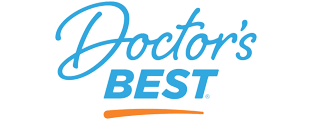
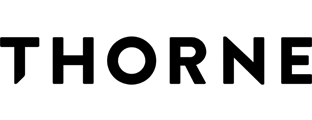
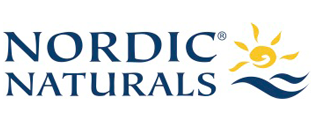
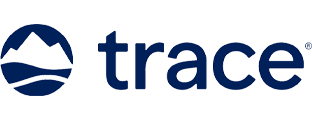
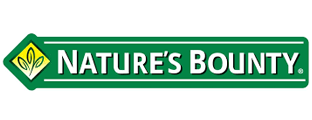
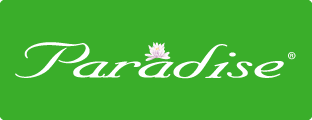
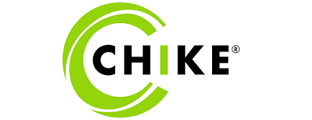
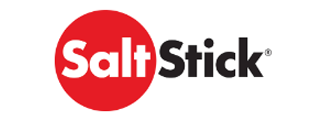
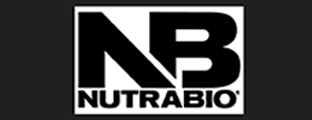
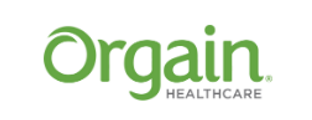
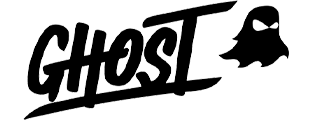
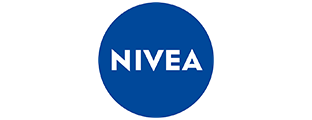
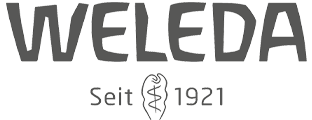
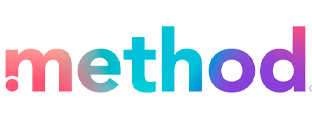

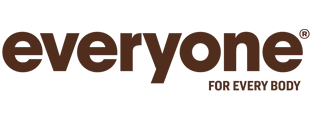
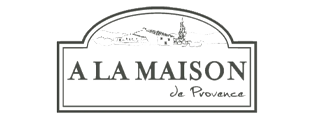
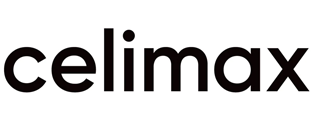

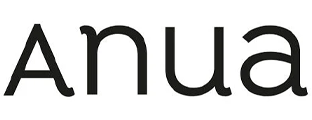
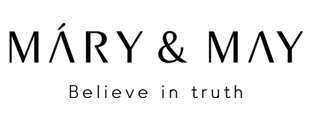

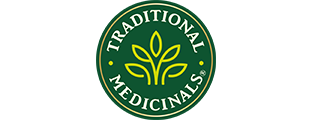
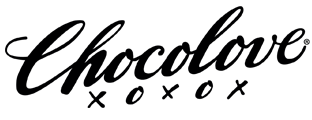

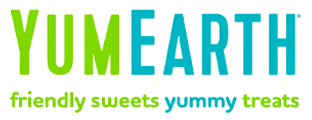

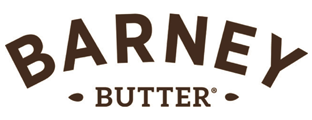
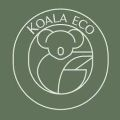

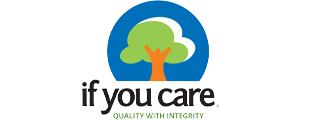
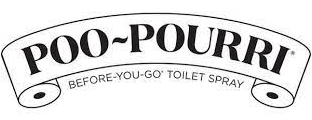
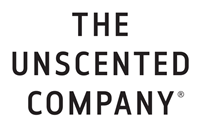
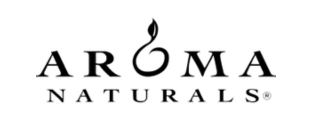
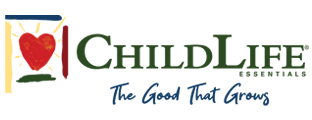
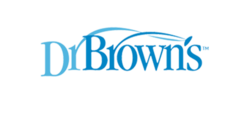
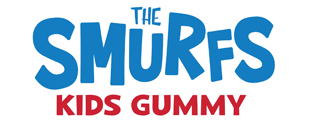
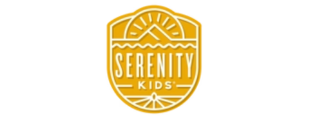
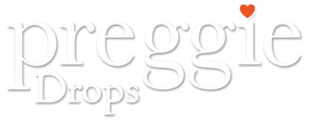
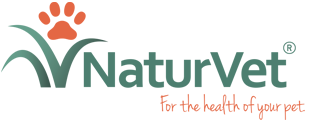
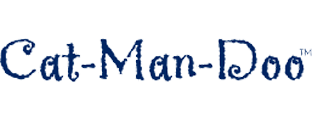
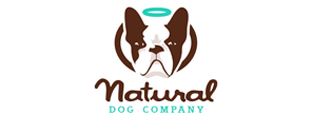



























 Table of Contents
Table of Contents



